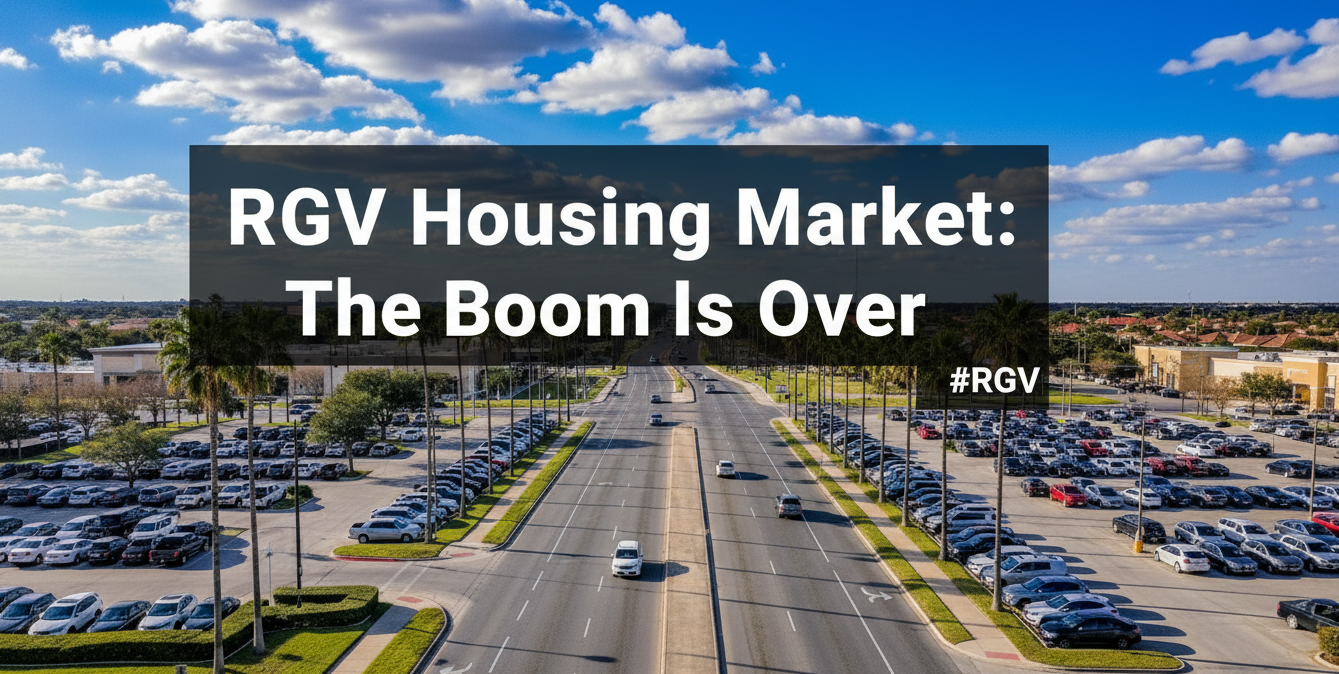I’ve spent the last eleven years championing STEM education for the students of the Rio Grande Valley. Since 2014, I’ve worked alongside teachers, families, and community leaders to build stronger pathways for our young people to discover science, technology, engineering, and math—fields that hold the key to economic mobility and generational change. For too long, these opportunities felt just out of reach. But something is shifting in our region. Something powerful is taking root.
Just over four years ago, I toured what was then still an emerging SpaceX development near Boca Chica. The site was impressive, no doubt—rows of Airstreams, massive storage tanks, rocket infrastructure being built on the coastal flatlands—but the impression I walked away with was that it was portable. It looked like something that could just as easily pack up and move to Florida, California, or another country entirely if the winds of business changed direction.
Today, that feeling has been replaced with something far more hopeful. With the proposal to incorporate Starbase as a legal Texas city, SpaceX is signaling a long-term commitment not just to the mission of reaching Mars—but to this place, to the Rio Grande Valley.
This matters. In a region where corporate and government investment often bypasses our schools and communities, planting roots here means more than building infrastructure. It means SpaceX sees potential in the land, in the people, and most importantly, in our youth.
For the past decade, SpaceX has been steadily transforming this stretch of Texas coastline. What began as a test site has evolved into a centerpiece of the world’s most ambitious spaceflight system. The rockets being tested here are not only the most powerful ever built—they’re being built in the shadow of our schools. Thousands of SpaceX employees now call this area home. And more than 3,000 K–12 students have already toured the facility, many seeing a launchpad for the first time in their lives—not just a physical one, but a personal one.
SpaceX’s financial investment in local school districts—millions of dollars over the years—is a rare and welcome commitment. But even more powerful is the access they’ve given our students to witness science in motion. When a child from the Rio Grande Valley can stand a few hundred feet from a rocket and imagine themselves building the next one, that’s when the true transformation begins. The impact this has on young Texans is immeasurable.
Today, Hispanic professionals represent only about 8% of the STEM workforce in the United States, despite making up nearly 20% of the population—and over 90% of the Rio Grande Valley. That gap is even more pronounced in high-tech and aerospace sectors. By anchoring Starbase in our region, we can help close that gap. The presence of SpaceX and other STEM-focused employers offers a pathway to well-paying, future-ready careers. These careers have the potential to lift entire families into the middle class, breaking cycles of poverty and helping students see a future where they don’t have to leave home to succeed. Starbase represents more than jobs—it represents economic transformation for communities that have long been overlooked.
The upcoming vote to incorporate Starbase as a city is another major milestone. On paper, almost 300 registered voters—nearly all SpaceX employees—will decide whether to establish a municipality with its own city leadership. In reality, the decision carries much broader weight. Incorporating Starbase could position the Rio Grande Valley as a global hub for spaceflight and innovation. It could draw more skilled workers, more STEM-focused families, and more companies to invest here—building not just rockets, but a robust STEM economy that could benefit cities as far away as Laredo, more than three hours away.
Some critics worry that this will lead to unchecked corporate power or restricted access to beloved public spaces like Boca Chica Beach. These concerns are not without merit. Boca Chica is a cultural touchstone for many in our community—a place to fish, to reflect, to gather. It’s critical that access and safety are carefully managed as development continues. State laws guarantee access to our beaches, but we must balance that with respect for the safety and impact of something truly unique to our region.
But from my perspective—shaped by over a decade of fighting for equitable STEM opportunities—this is a moment to embrace. A city like Starbase, if shaped with community in mind, could be a catalyst for long-overdue investment in South Texas. It can elevate infrastructure priorities, strengthen local schools with STEM-focused programs, and ensure that students in the Valley are prepared not just to watch the future unfold, but to lead it.
Yes, Starbase will likely be a “company town,” but that’s not inherently a bad thing. If done right, it can be a community town — a place where technology, education, and local voices work together to build something sustainable. The presence of SpaceX will add weight to the chorus of regional leaders calling for improved broadband, transportation, and workforce development. It will bring a new level of visibility to the Valley—visibility we’ve long deserved but rarely received outside of election seasons.
This is our opportunity to not only watch history being made but to shape it. The decisions made today at Starbase can create a lasting impact for students who’ve grown up hearing that success means leaving the Valley. We can change that narrative. We can make sure the next generation grows up knowing that their future—in space, in STEM, in life—can start right here, at home.
Editor’s Note: The above guest column was penned by Jason Arms, a leading advocate for STEM education in Texas and former executive director of FIRST in Texas. The column appears in the Rio Grande Guardian International News Service with the permission of the author.
The post Arms: Rooted in the Valley: Starbase and the Future of STEM in South Texas appeared first on Rio Grande Guardian.
 (2).png)
 6 months ago
318
6 months ago
318








 English (US)
English (US)